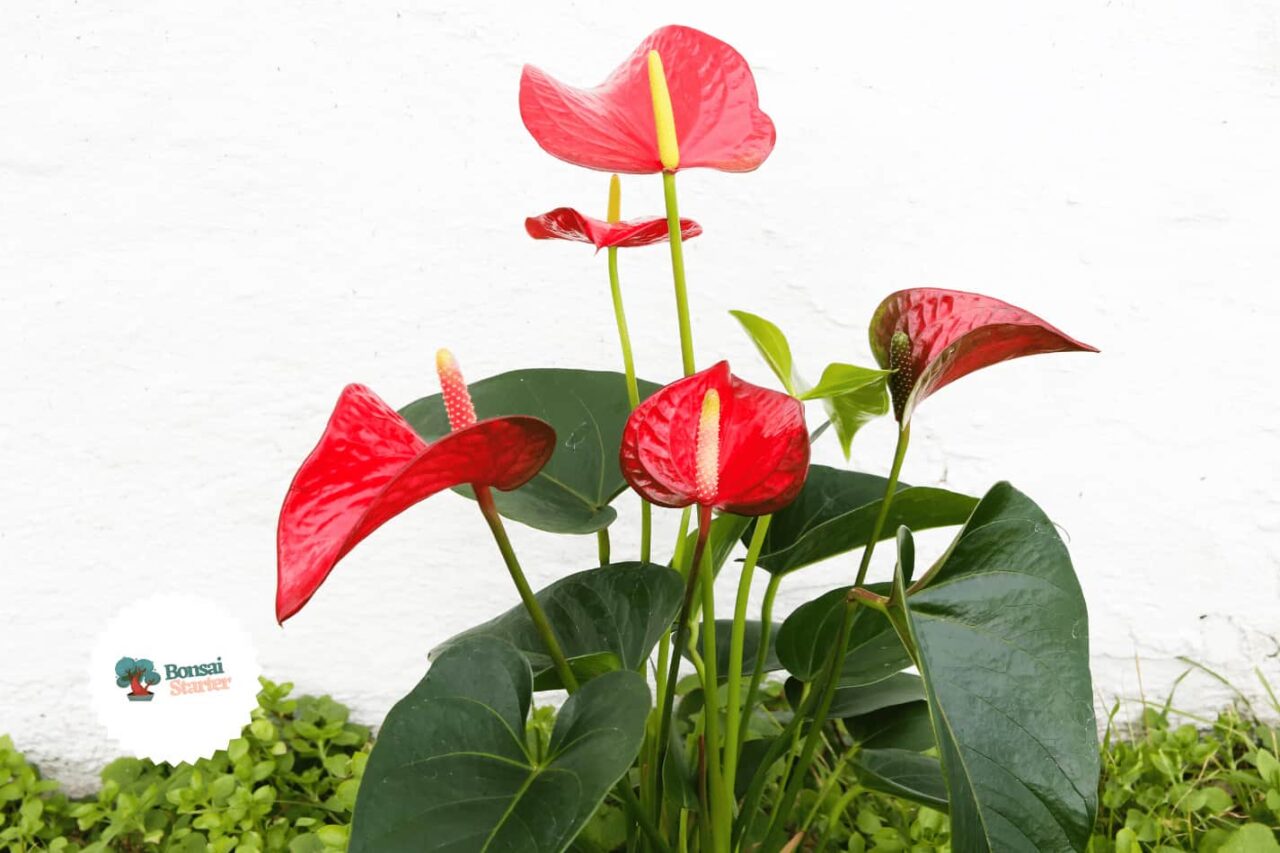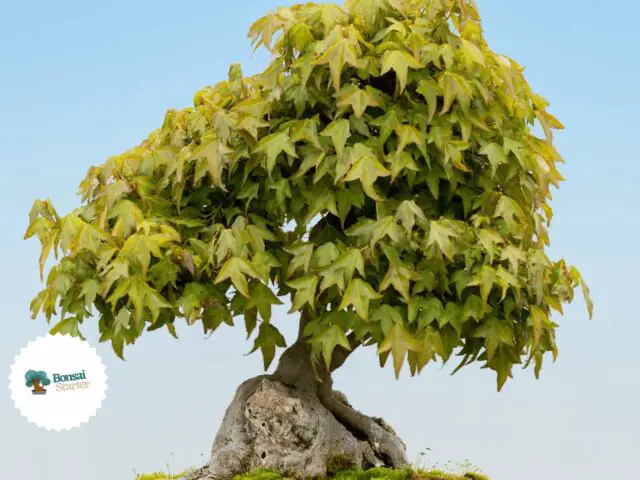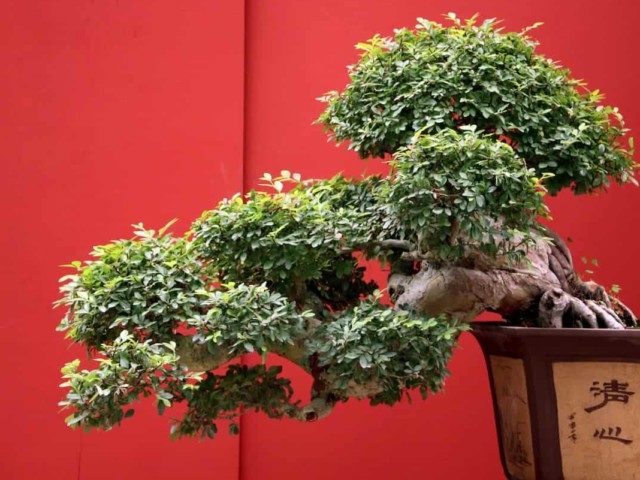Are you looking for a unique and beautiful houseplant to add to your collection? Look no further than the bonsai anthurium!
This unique houseplant is easy to care for, and with just a few simple tips, you can have it looking its best.
In this blog post, we’ll share our top tips on how to care for your bonsai anthurium plant.

Introduction to Anthurium Plants
Anthurium bonsai plants are an increasingly popular houseplant for their beautiful, long-lasting blooms, and they make a great addition to any home.
Anthuriums get their name from the Greek words “anthos” and “oura”, meaning “flower” and “tail” respectively.
They are native to the tropical rainforests of Central and South America and can be found with heart-shaped leaves or red to yellow tail-like flowers.
They are considered tropical plants and require certain temperatures, light, and soil conditions in order to thrive.
Today we will go over the basics of how to care for anthurium bonsai plants so you can enjoy their beauty for many years to come.
Temperature Requirements for Anthuriums
Anthuriums are tropical plants and thrive in warm temperatures, so it is important to make sure that your anthurium plant is kept in the right temperature range.
The ideal temperature range for Anthuriums is between 70°F (20°C) and 77°F (25°C).
In order to keep your plant healthy and blooming, you must make sure that there is no variation in temperature and that your plant is not exposed to drafts or sudden temperature changes.
Wild anthuriums generally live in temperatures at or above 60 degrees Fahrenheit, and the foliage types prefer temperatures even warmer.
If you are keeping your Anthurium indoors, try to keep the temperature consistent between 65 and 70 degrees Fahrenheit.
Finding the Right Soil for Anthuriums
Anthuriums need well-draining soil that is high in organic matter. Good drainage is essential to prevent root rot and other diseases.
Store-bought orchid potting mixes are the best option for your Anthurium andraeanum. You can also create a soil mix at home by combining pine bark, peat, and perlite.
This should give your Anthurium an ideal balance of nutrients and moisture. Make sure to fill the pot about one-third of the way with the soil mixture and center the plant in the new soil.
Backfill with potting mix to cover the roots. It’s important to remember that since your bonsai is growing in such a small amount of soil, you must periodically replenish its nutrient supply.
Light Requirements for Anthuriums
Anthuriums are tropical plants that require bright, indirect light to thrive. While direct sunlight can be too harsh for this plant, it does need some light to bloom.
The best way to ensure your anthurium gets enough light is to place it in a bright room near a window or a south- or east-facing porch.
If you have your anthurium outside in the spring and summer, make sure to bring it in when the temperatures drop below 45°F.
When the sun shifts throughout the year, keep an eye on your anthurium and adjust its location as needed to ensure it gets enough light.
Watering Your Anthurium Plant
When it comes to watering your anthurium plant, it’s important to find the right balance between too little and too much water.
Too much or too frequent watering can lead to root rot, while too little water can cause the leaves to dry out and wilt.
The best way to water your anthurium is to check the soil moisture with your finger. If the top 2-4” (5-10cm) of soil is dry, it’s time to water.
Allow your anthurium to soak up the water for 5-7 days, then only water your plant once per week.
During the winter months, it’s important to reduce watering and allow the soil to dry out more.
A good rule of thumb is to water your anthurium when the top 2” (5cm) of soil is dry, but be sure not to let it dry out completely.
Troubleshooting: Why Your Anthurium Isn’t Blooming
When it comes to taking care of anthurium plants, it can be difficult to know when something is wrong.
Anthuriums require a specific environment to thrive, and even minor deviations can cause major problems.
If your anthurium isn’t blooming, there are a few common causes that you should investigate.
The first thing to look at is the potting mixture. An anthurium needs a special mix of soil with good drainage and adequate aeration.
If the soil is too wet or dense, the plant won’t be able to absorb the nutrients it needs. You should also make sure the humidity is high enough; an anthurium needs at least 50% humidity.
Finally, make sure the light isn’t too intense; anthuriums do best in partial shade or early morning sun.
If you’re still having trouble getting your anthurium to bloom, try reducing the amount of fertilizer you use.
Too much fertilizer can cause the plant to bloom prematurely and reduce its lifespan. If you want your anthurium to thrive, make sure you provide the right environment and avoid over-fertilizing it.
Tips to Fix Your Plant
If you’re having trouble getting your Anthurium to bloom, you’re not alone. Luckily, there are some easy tips you can use to help get your plant looking great again.
To start, make sure the temperature and light requirements for Anthuriums are being met. Invest in a thermometer and hygrometer to ensure the environment around your plant is optimal.
Also, find the right soil for your Anthurium. Soils that are too dry or too wet can be detrimental to the health of your plant.
When watering your Anthurium, do so until the water runs out of the holes in the bottom of the pot.
Lastly, fertilize your Anthurium every two weeks with high-phosphorous plant food. With these tips, you’ll be able to get your Anthurium blooming again in no time!
Houseplant Care Tips to Get Your Anthurium Thriving Again
Anthuriums need lots of light and a warm environment to flourish. They thrive in temperatures between 65 and 85 degrees Fahrenheit and like humid air.
When setting up your Anthurium pot, it’s important to use the right growing medium and pot size.
Fill the new pot about a third of the way with a growing medium, such as a combination of soil, coconut fibers, and pumice.
Center the plant in the new soil, and backfill with potting mix to cover. Place your Anthurium flower in a larger pot about one to two inches larger in diameter.
Fill the vessel with aerated soil and water. Lessen how often you water your red anthurium plant in the winter, so they don’t get too stressed.
But it’s important to add water before the holes in the potting soil dry out completely. Keep soil moist, but not wet.
Avoid direct sunlight as it can burn the plant. With these houseplant care tips, you’ll be able to keep your Anthurium thriving all year round!
Plant in Part Shade or Early Morning Sun
Anthuriums like bright, indirect light and are best kept away from direct sunlight.
However, some varieties of Anthuriums, like the Anthurium polyschistum, may require up to four hours of continuous light.
So, if you want to give your Anthurium plant the best chance of success, plant it in part shade or early morning sun and keep it away from direct sunlight.
Final Thoughts on Caring for a Bonsai Anthurium Plant
Caring for anthurium bonsai plants can seem daunting, but with a few simple tips, you can get your plant thriving once again.
It is important to provide the right temperature, soil, light, and water for your anthurium plant.
Once you have those basics down, fertilizing and repotting your anthurium every two to three years should help your plant thrive.
Remember to avoid direct sunlight on your anthurium and mist it weekly to increase the humidity level in a room.
With these tips, you will be sure to have a beautiful and healthy anthurium houseplant!




